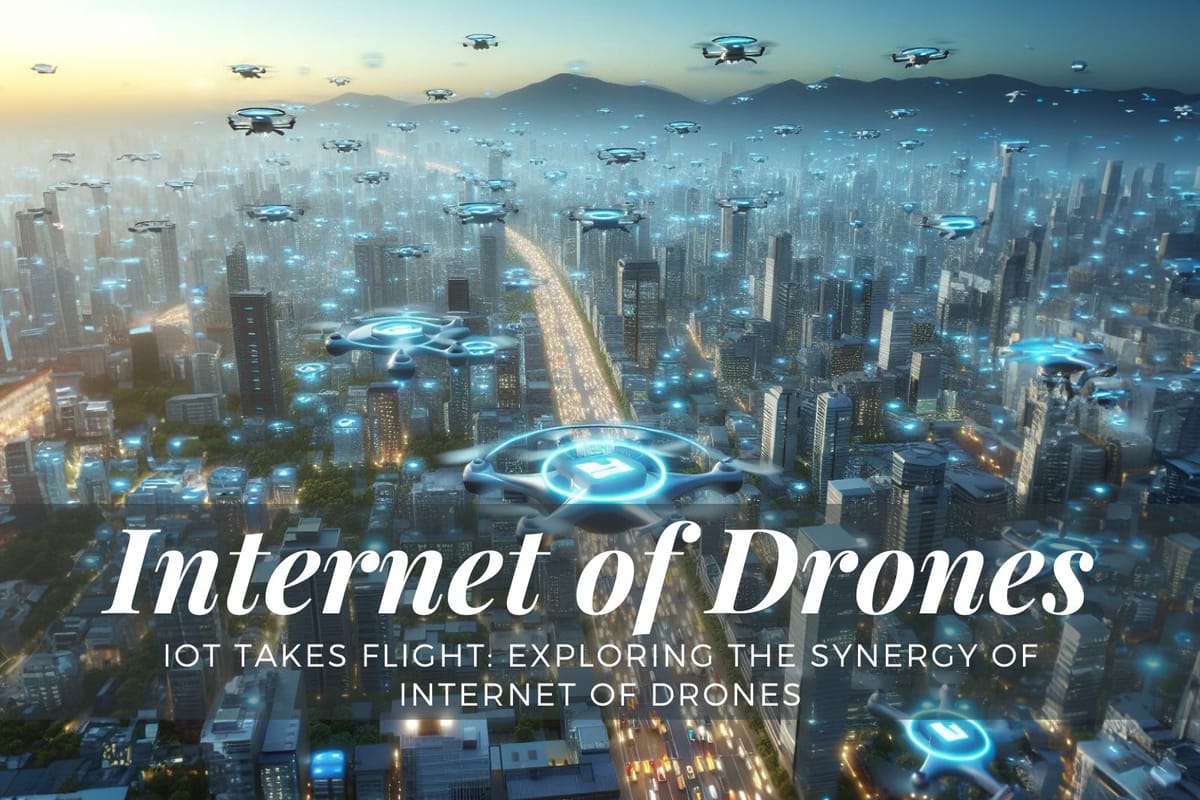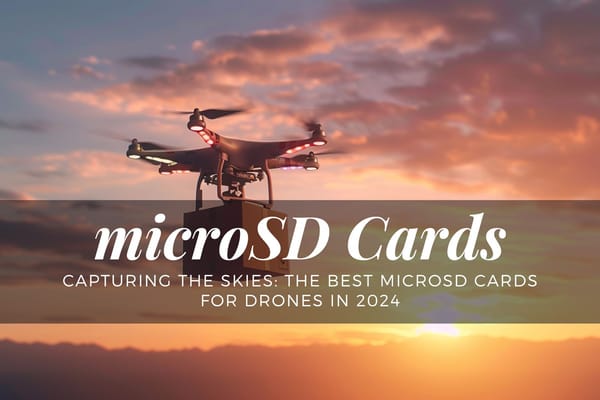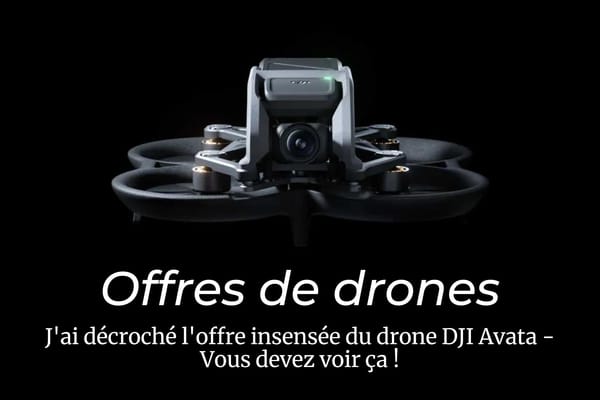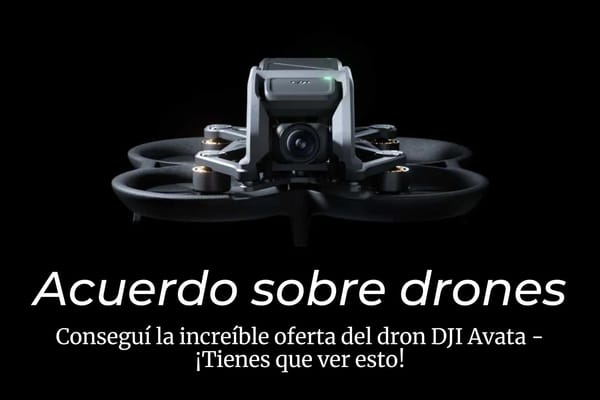IoT Takes Flight: Exploring the Synergy of Internet of Drones

Internet of Drones
The Internet of Drones (IoD) is an emerging field that combines the capabilities of drones with the connectivity and data processing power of the Internet of Things (IoT). This convergence is creating new opportunities and challenges across various sectors, from agriculture and logistics to security and emergency services.
Drones, or Unmanned Aerial Vehicles (UAVs), have evolved from military applications and hobbyist gadgets to sophisticated IoT devices that are increasingly being used in commercial applications. They can act as mobile sensors, collecting strategically important data and transmitting it in real-time. This data can then be processed and analyzed to inform decision-making and automate tasks.
The integration of IoT with drones allows for seamless communication and data exchange with other connected devices, systems, or applications. This connectivity enables drones to operate autonomously based on predefined rules or triggered events, enhancing their functionality and efficiency. For instance, drones can conduct inspections, monitor assets, or respond to emergency situations without human intervention.
The commercial drone market is growing rapidly, with a forecasted compound annual growth rate (CAGR) of 20.5% from 2019 to 2024. This growth is driven by ongoing investment and market consolidation, as well as the increasing sophistication of drone technology. The global commercial drone market was valued at $13.44 billion in 2020 and is expected to grow at a CAGR of 57.5% from 2021 to 2028.
However, the integration of drones with IoT also raises considerations around data security, privacy, and regulatory compliance. As drones become more integrated into our daily lives and business operations, these issues will need to be addressed to ensure the safe and responsible use of this technology.
In the following sections, we will delve deeper into the requirements, taxonomy, recent advances, and challenges of the IoD. We will also explore commercial case studies and discuss the future directions of this exciting field.
Deep Dive into Applications and Challenges
The integration of drones into the Internet of Things (IoT) ecosystem has opened up a plethora of opportunities across various sectors. However, like any other technology, this integration comes with its own set of challenges.
Detailed Applications of IoT and Drones
IoT-enabled drones are revolutionizing several industries, from agriculture and infrastructure to security and delivery services. In agriculture, drones can monitor crop health, optimize irrigation, and even assist in planting and harvesting. In infrastructure, drones can inspect buildings, bridges, and other structures for damage or maintenance needs, reducing the risk to human workers.
In security, drones can monitor large areas for potential threats, providing real-time alerts to security personnel. In delivery services, drones can transport goods quickly and efficiently, bypassing traffic and reducing carbon emissions.
IoT drones are also playing a crucial role in emergency situations. They can be deployed for search and rescue operations, disaster response, and medical deliveries, providing rapid assistance when time is critical.
Challenges and Considerations
Despite the numerous benefits, the integration of drones into IoT also presents several challenges. These include regulatory challenges, privacy and security concerns, technical limitations, and issues related to cost and scalability.
Regulatory challenges involve navigating the complex and often evolving laws and regulations related to drone operations. These regulations can vary by country, state, or even city, making compliance a complex task.
Privacy and security concerns arise from the potential misuse of drones for surveillance or data theft. As drones collect and transmit data, they must be secured against cyber-attacks, and their use must respect privacy laws and norms.
Technical limitations include issues related to data transmission, battery life, and the management of multiple drones in a single location. Overcoming these limitations requires ongoing research and development.
Cost and scalability are also significant challenges. Developing and maintaining a fleet of drones can be expensive, and many businesses find it challenging to justify the costs of investing in drone technology. The scalability of drone operations is also an issue, as managing the operation of multiple drones in a single location can be complex and resource-intensive.
Future Prospects
Despite these challenges, the future of drone integration in IoT is bright. With advancements in technology, increased adoption in various industries, and the emergence of new use cases, the potential of IoT drones is enormous.
Predictions for the evolution of IoT and drone technology include increased autonomy, enhanced data processing capabilities, and the development of new applications in sectors such as healthcare, entertainment, and retail.
As we move towards a more connected world, the role of IoT drones is set to expand, transforming the way we live and work. However, to fully realize this potential, we must address the challenges and ensure the responsible and ethical use of this technology.
Conclusion
In conclusion, the convergence of IoT and drones in the emerging field of the Internet of Drones (IoD) holds immense potential for transforming industries and reshaping the way we approach various tasks. From agriculture and infrastructure to security, delivery services, and emergency response, the applications of IoT-enabled drones are diverse and impactful.
The rapid growth of the commercial drone market underscores the increasing acceptance and adoption of this technology. However, challenges such as regulatory complexities, privacy issues, technical limitations, and cost considerations must be effectively addressed to ensure responsible and ethical use.
Looking ahead, as technology advances, the future of IoT and drones promises increased autonomy, enhanced data processing capabilities, and innovative applications, offering a glimpse into a more connected and efficient world.
Frequently Asked Questions
What is the Internet of Drones (IoD)?
The Internet of Drones (IoD) is a network of connected drones that can communicate with each other and with other devices or systems. This connectivity allows drones to operate autonomously, collect and transmit data, and perform tasks based on predefined rules or triggered events.
How do IoT and drones work together?
IoT-enabled drones can collect data from their surroundings and transmit it in real-time to other connected devices or systems. This data can then be processed and analyzed to inform decision-making and automate tasks. The integration of IoT with drones also allows for seamless communication and data exchange, enhancing the functionality and efficiency of drones.
What are some applications of IoT-enabled drones?
IoT-enabled drones are used in various sectors, including agriculture, infrastructure, security, and delivery services. They can monitor crop health, inspect buildings, monitor large areas for potential threats, and transport goods quickly and efficiently. They can also be deployed for search and rescue operations, disaster response, and medical deliveries.
What are the benefits of using IoT-enabled drones for businesses?
IoT-enabled drones can provide businesses with real-time data and insights, improve efficiency, reduce costs, and enhance safety. For instance, drones can conduct inspections or monitor assets without human intervention, reducing the risk to human workers. They can also transport goods quickly and efficiently, bypassing traffic and reducing carbon emissions.
What are the challenges associated with the use of IoT drones?
The integration of drones into IoT presents several challenges, including regulatory challenges, privacy and security concerns, technical limitations, and issues related to cost and scalability. These challenges need to be addressed to ensure the safe and responsible use of this technology.
How is the drone industry regulated?
The drone industry is regulated by various laws and regulations that vary by country, state, or even city. These regulations cover aspects such as where drones can fly, how high they can fly, and what they can do. Compliance with these regulations is crucial to ensure the safe and responsible use of drones.
Are there any privacy concerns associated with the use of drones in IoT?
Yes, there are privacy concerns associated with the use of drones in IoT. As drones collect and transmit data, they must respect privacy laws and norms. There are also concerns about the potential misuse of drones for surveillance or data theft.
What are the future prospects for IoT and drones?
The future of IoT and drones is promising, with predictions of increased autonomy, enhanced data processing capabilities, and the development of new applications in sectors such as healthcare, entertainment, and retail. However, to fully realize this potential, the challenges associated with the use of this technology must be addressed.
What is the market size and growth projection for commercial drones?
The global commercial drone market was valued at $13.44 billion in 2020 and is expected to grow at a compound annual growth rate (CAGR) of 57.5% from 2021 to 2028.
How can drones contribute to sustainability?
Drones can contribute to sustainability in several ways. For instance, they can monitor environmental conditions, track wildlife, and assist in conservation efforts. In delivery services, drones can transport goods quickly and efficiently, bypassing traffic and reducing carbon emissions.


